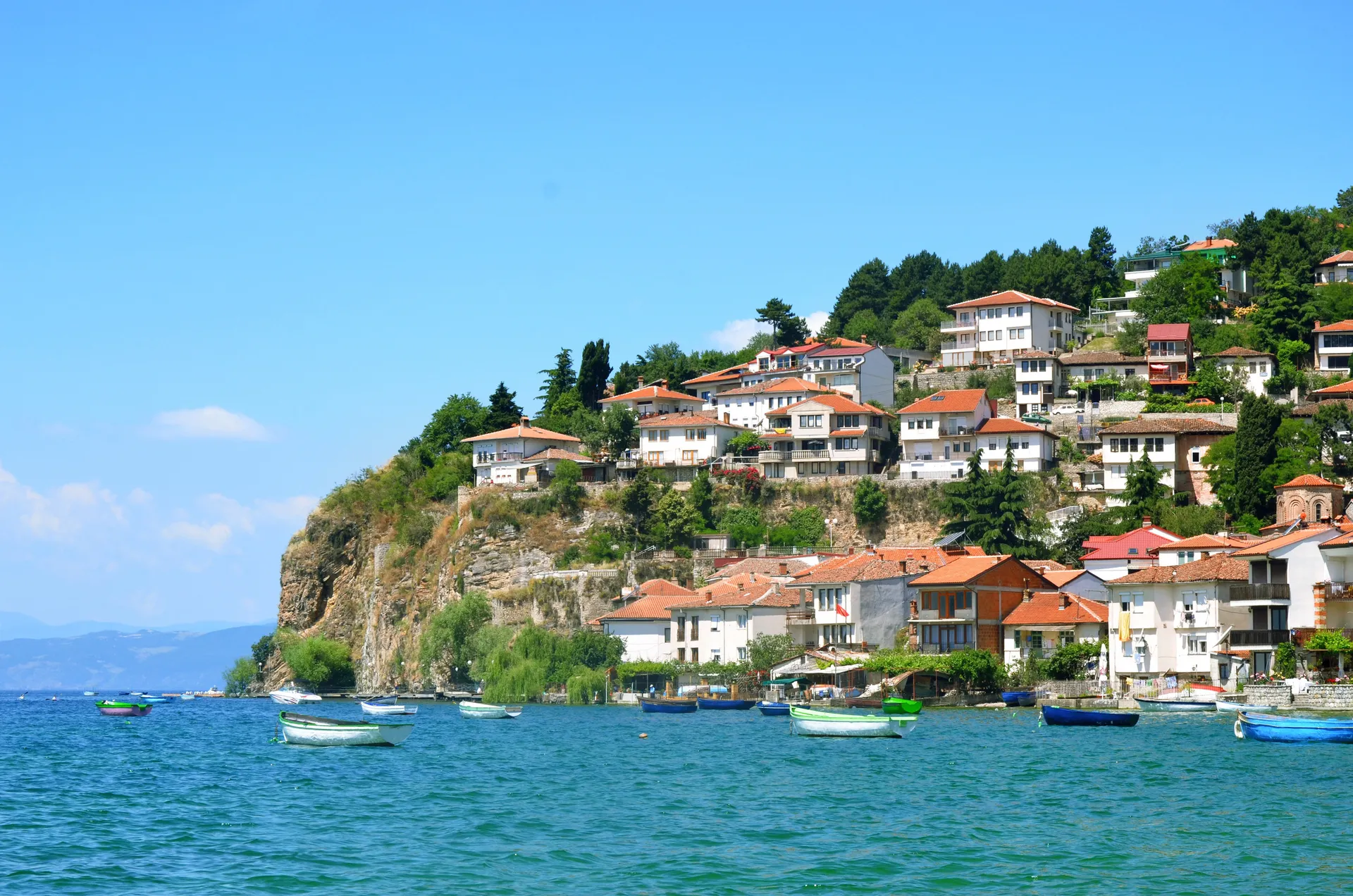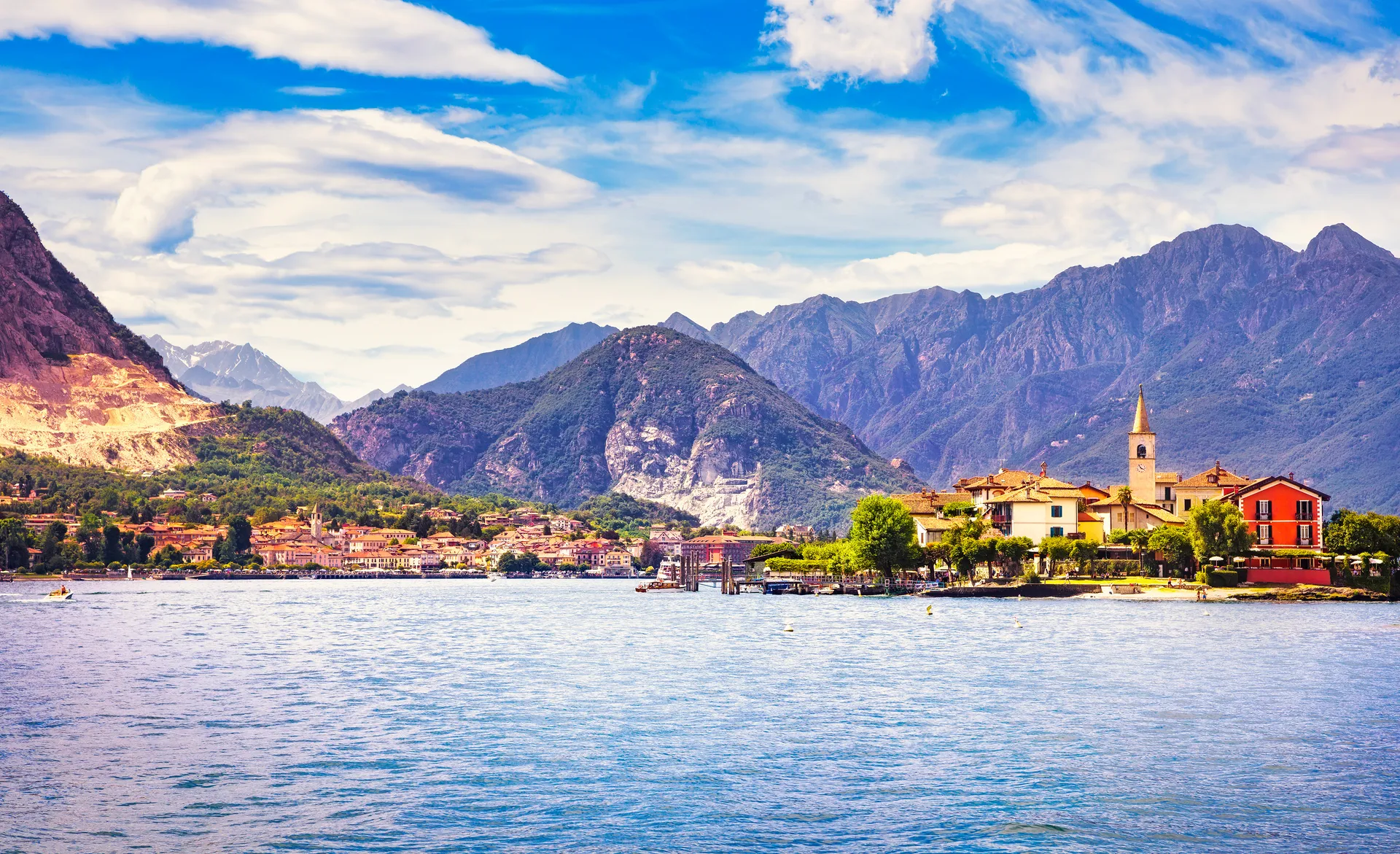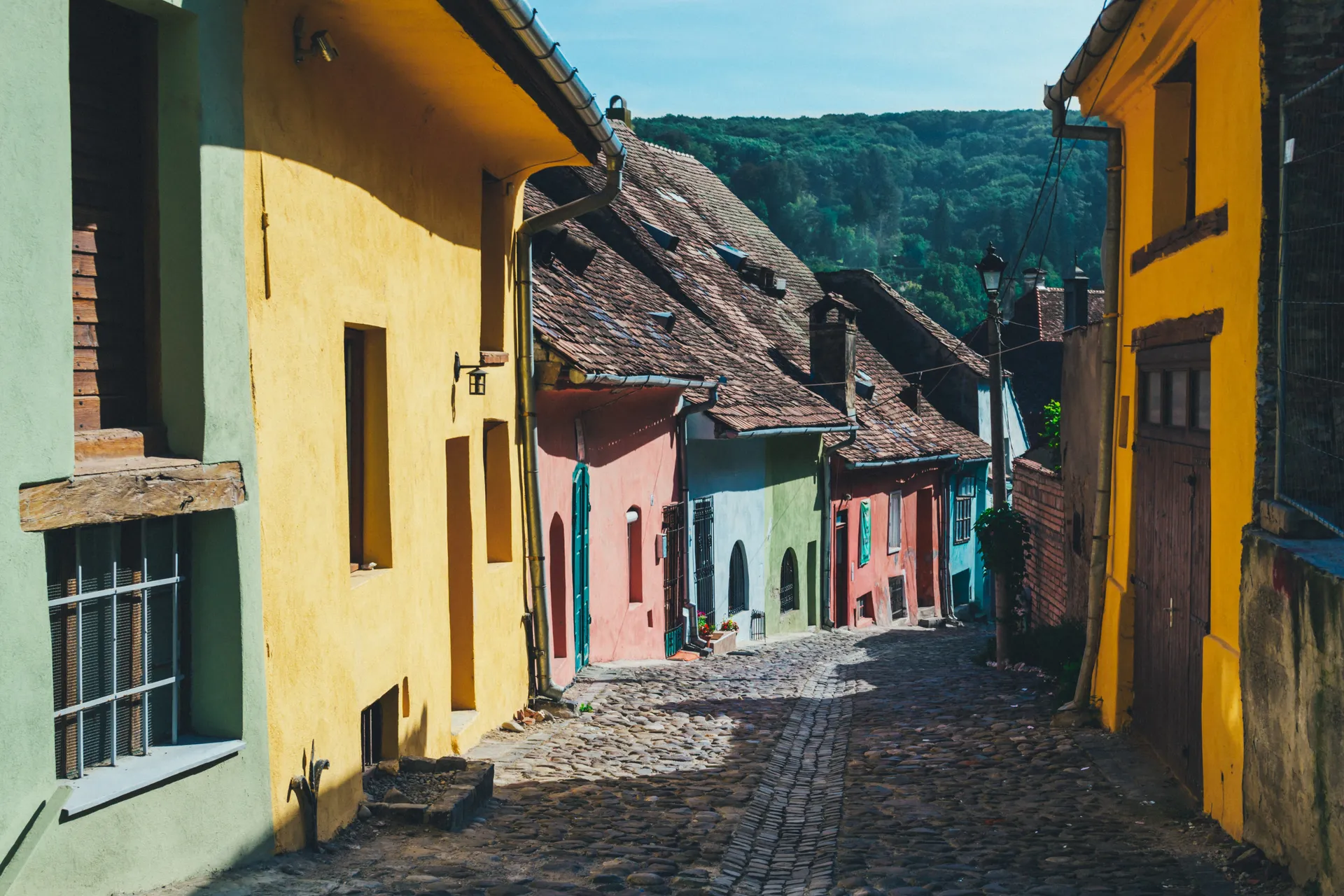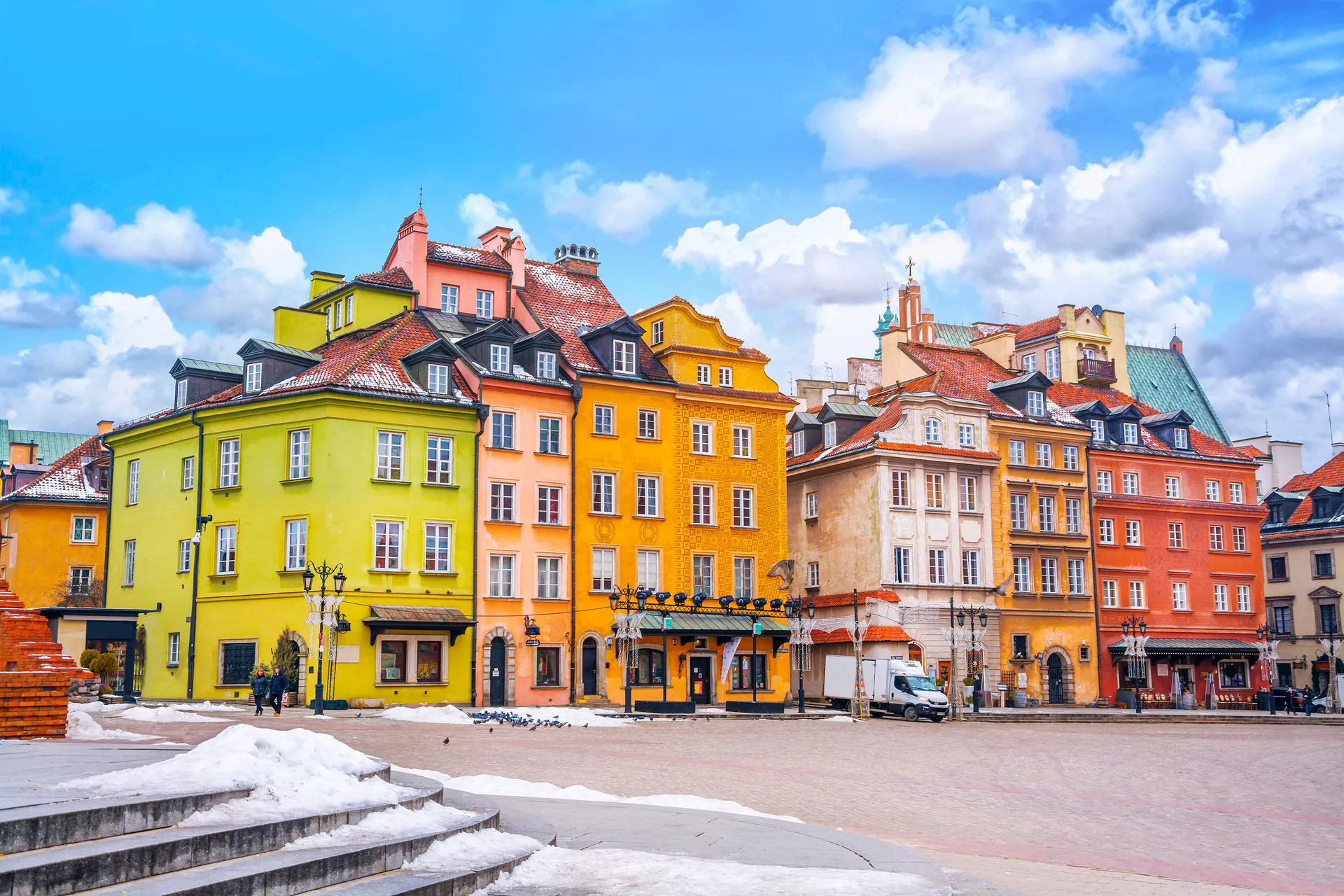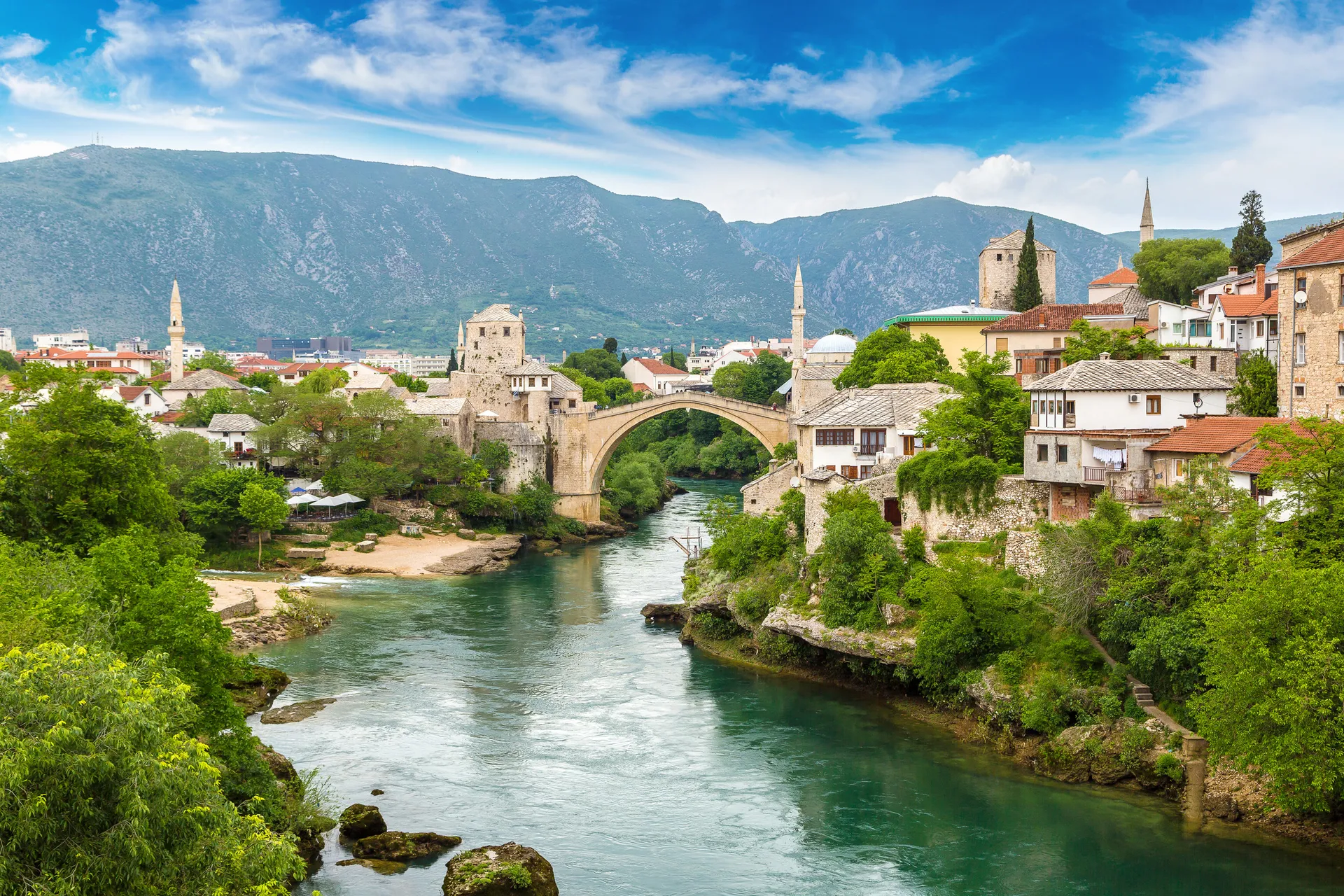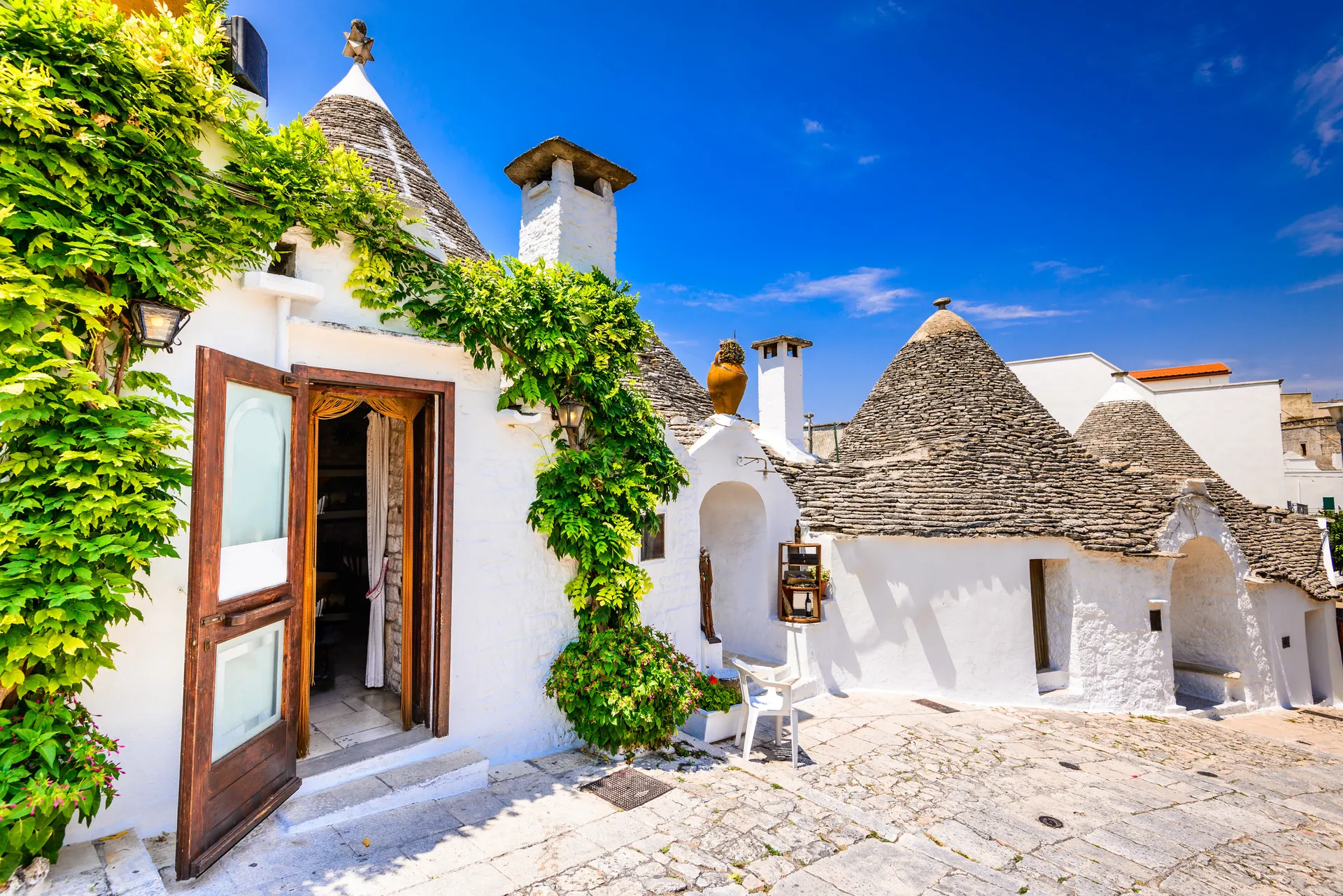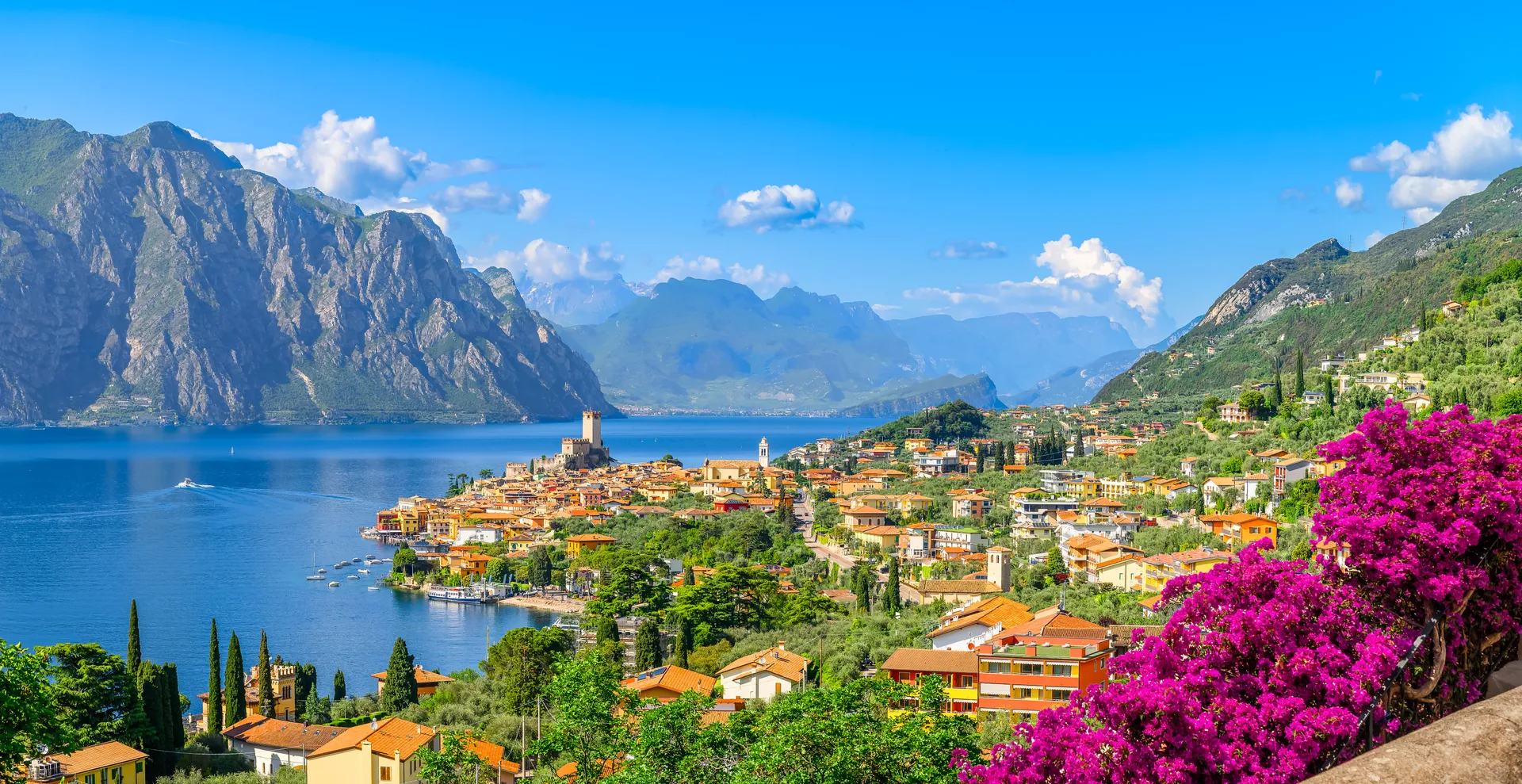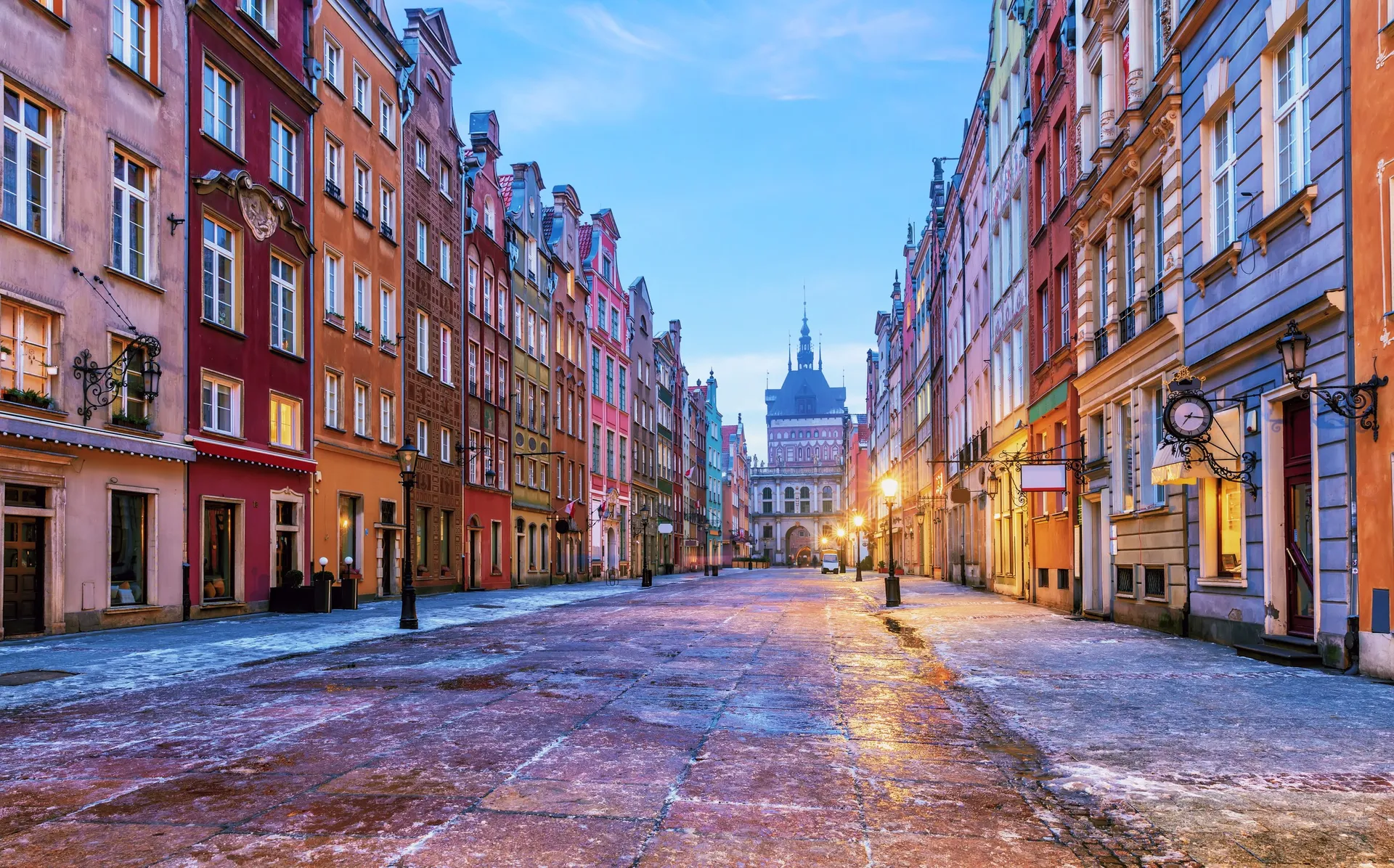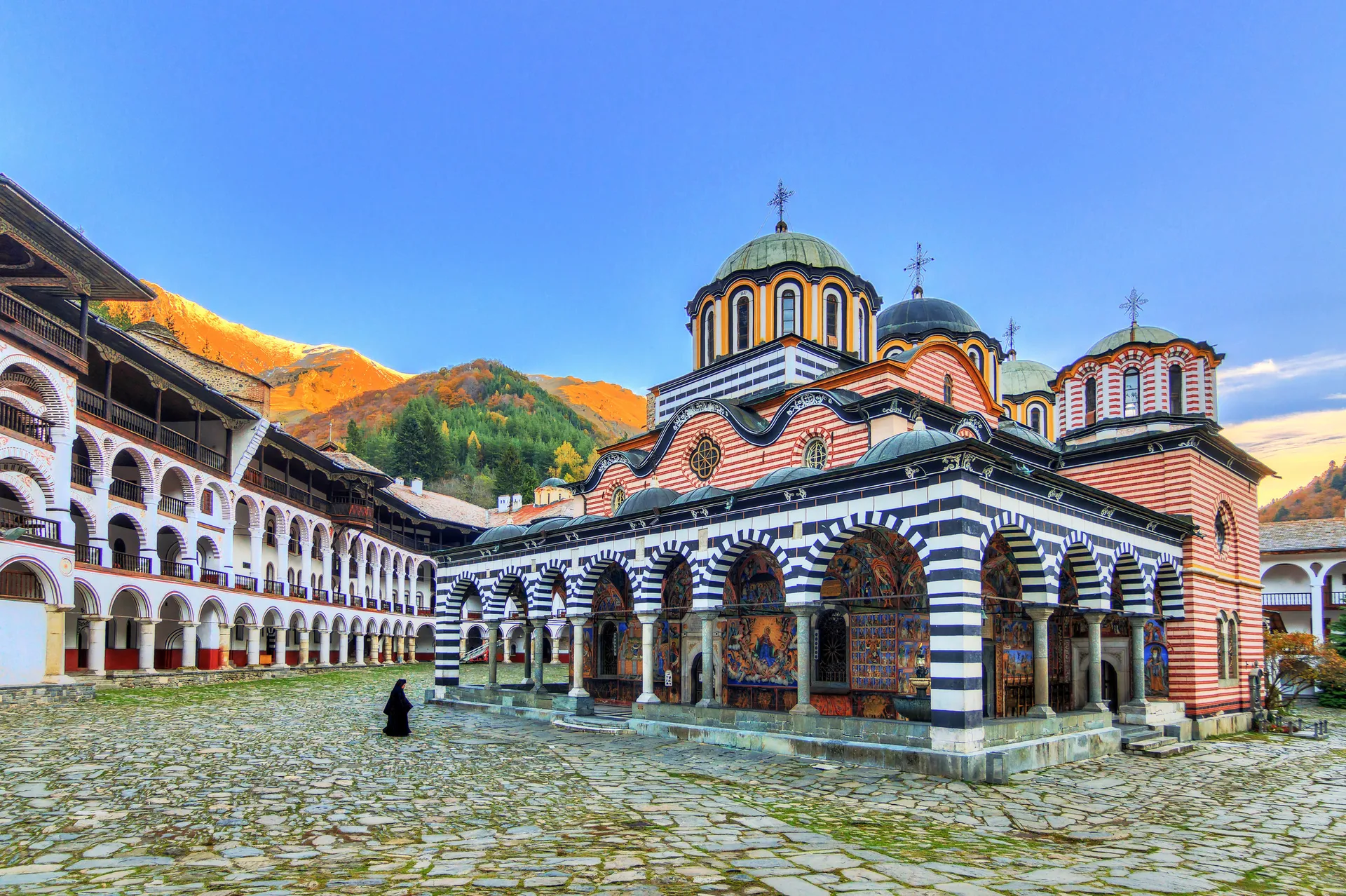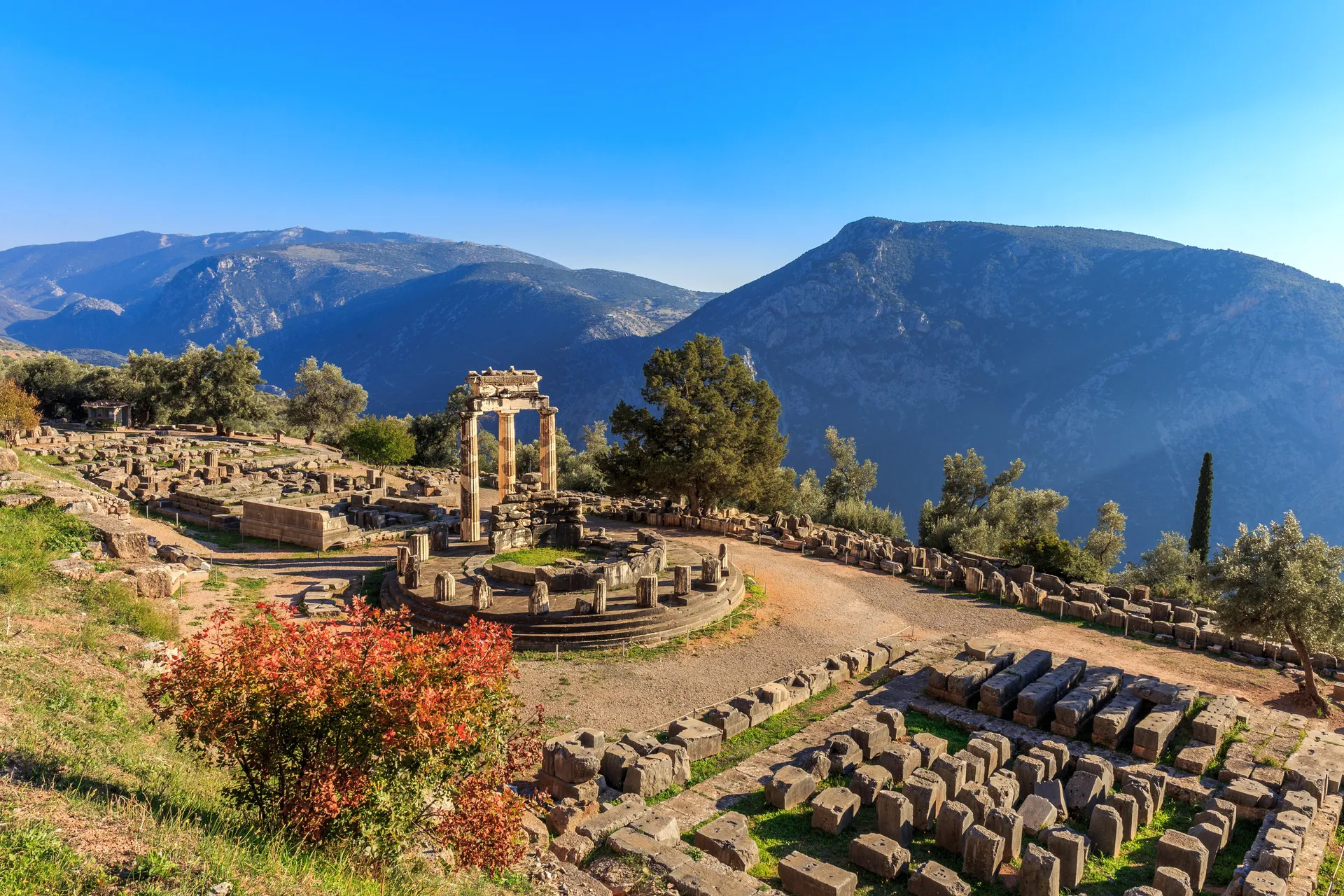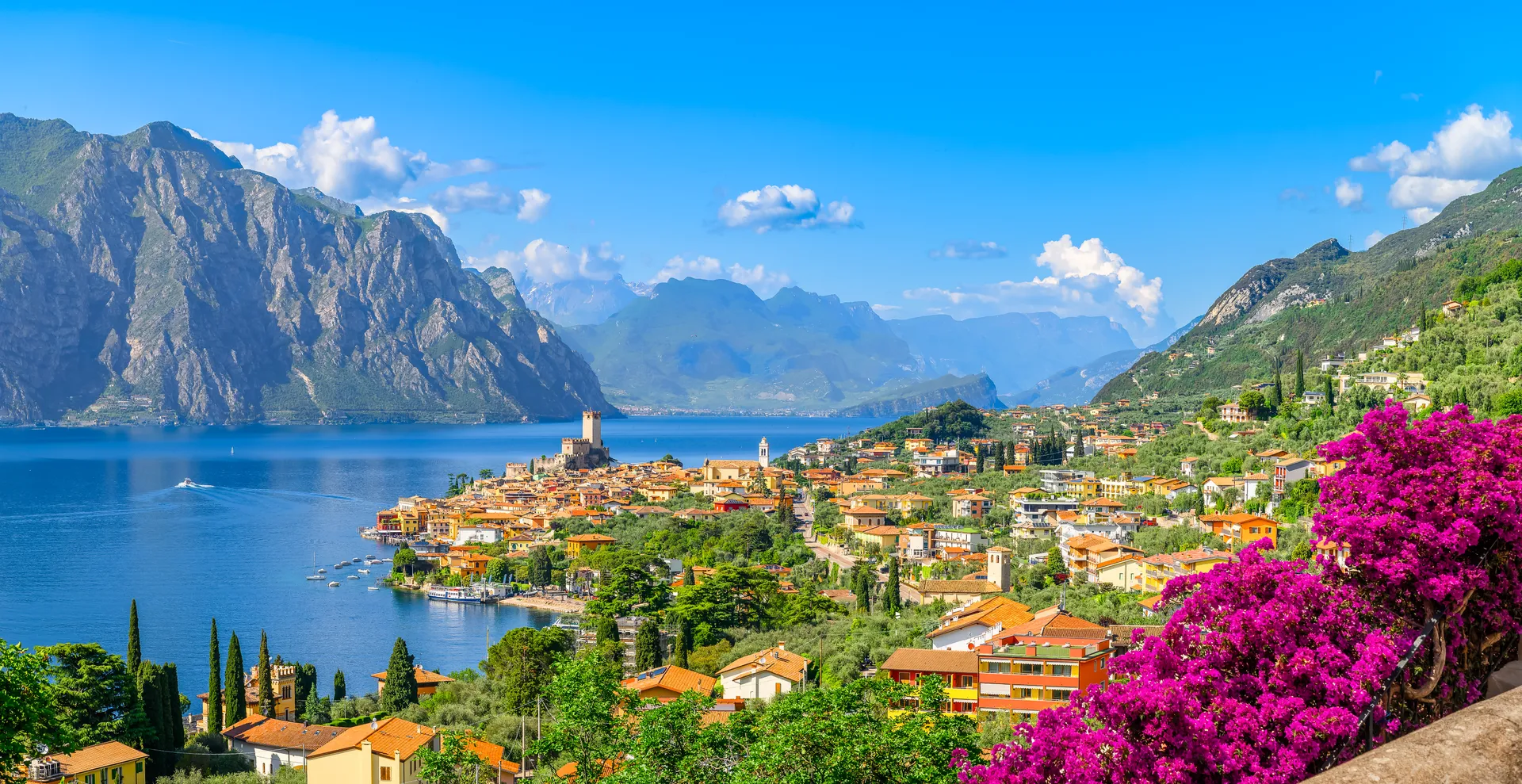
European Escorted Tours
Europe is a continent overflowing with history, culture, and breathtaking scenery, making it the perfect destination for unforgettable Europe escorted tours. From ancient ruins and medieval towns to vibrant cities and dramatic natural landscapes, Europe offers an incredible variety of experiences for every type of traveller. Whether you're drawn to the romance of Paris, the charm of Poland’s old towns, the dramatic fjords of Norway, or the sun-soaked streets of Spain, there’s something to inspire at every turn.
Our escorted tours in Europe are designed to take the stress out of travel, offering expertly planned itineraries, knowledgeable guides, and seamless logistics. You’ll enjoy the freedom to explore iconic landmarks and hidden gems, all while gaining deeper insight into the cultures and histories that make each destination unique.
Best Regions to Visit in Europe
Italy
Tuscany is renowned for its rolling hills, vineyards, and historic cities like Florence and Siena.
Venice is famous for its canals, St. Mark's Basilica, and the Grand Canal.
Malta
Valletta, the capital city, is known for its historic buildings, fortifications, and St. John's Co-Cathedral.
Mdina is a medieval walled city with narrow streets and stunning architecture.
Gozo is an island with beautiful beaches, the Azure Window, and the Ggantija Temples.
Iceland
Reykjavik, the capital city, is known for its vibrant culture, museums, and nightlife.
The Golden Circle is a popular tourist route that includes Thingvellir National Park, Geysir, and Gullfoss waterfall.
The South Coast is home to black sand beaches, waterfalls like Seljalandsfoss and Skogafoss, and the glacier lagoon.
Poland
Krakow is known for its well-preserved medieval core and Jewish quarter.
Warsaw, the capital city, has a mix of modern and historic architecture.
Gdansk is a port city on the Baltic coast, known for its colorful facades and maritime history.
Lithuania
Vilnius, the capital city, is known for its baroque architecture and historic Old Town.
Romania
Bucharest, the capital city, is known for its wide boulevards and the massive Palace of the Parliament.
Transylvania is famous for its medieval castles, including Bran Castle, often associated with Dracula.
Croatia
Dubrovnik is a UNESCO World Heritage site, known for its well-preserved medieval walls and stunning Adriatic views.
Split is home to the ancient Diocletian's Palace and beautiful coastal scenery.
Plitvice Lakes is a national park with cascading lakes and waterfalls.
Turkey
Istanbul is a city that straddles Europe and Asia, known for its historic sites like the Hagia Sophia, Blue Mosque, and Topkapi Palace.
Cappadocia is famous for its unique rock formations, cave dwellings, and hot air balloon rides.
Albania
Tirana, the capital city, is known for its colorful buildings and vibrant culture. Berat is a UNESCO World Heritage site, known for its Ottoman-era architecture.
Saranda is a coastal city with beautiful beaches and access to the ancient city of Butrint.
Norway
Tromsø, located in Northern Norway, is renowned for its stunning Arctic landscapes, vibrant cultural scene, and as a prime destination for witnessing the northern lights.
Spain
Andalusia is a region celebrated for its rich cultural heritage and vibrant traditions, with Moorish architecture evident in landmarks like the Alhambra in Granada and the Mezquita in Córdoba.
Best Time to Visit Europe
The best time to visit varies by region, but here’s a general guide to planning your trip:
Spring (March to May): Mild temperatures and blooming landscapes make it a great time to visit most of Europe.
Summer (June to August): Warm weather and long days are perfect for exploring coastal regions and outdoor activities.
Autumn (September to November): Cooler temperatures and fewer crowds make it ideal for cultural and city tours.
Europe’s diverse landscapes and rich cultural heritage make it a destination worth exploring year-round, offering something special in every season.
Destinations to explore
Europe, a continent rich in history and culture, is adorned with striking historic castles, charming villages, and breathtaking coastlines. Europe offers a perfect blend of cultural experiences and natural beauty, every corner of Europe tells a story.
Where possible we have secured a limited number of places without a single Supplement on each escorted tour. These are strictly subject to availability and once they are all booked a supplement will apply.
All of our English speaking local guides are passionate about their country and will accompany you from the moment you arrive in your destination, throughout your escorted tour and right until your departing flight home.
All the hotels chosen for these escorted tours have been personally sourced and inspected by us. We pride ourselves on offering you comfortable, handpicked accommodation in some of the best locations around the world.
Once you have booked, we will send you a comprehensive dossier with all your accommodation details, flight and airport information, country advice and other useful tips such as what to pack and luggage allowance.


